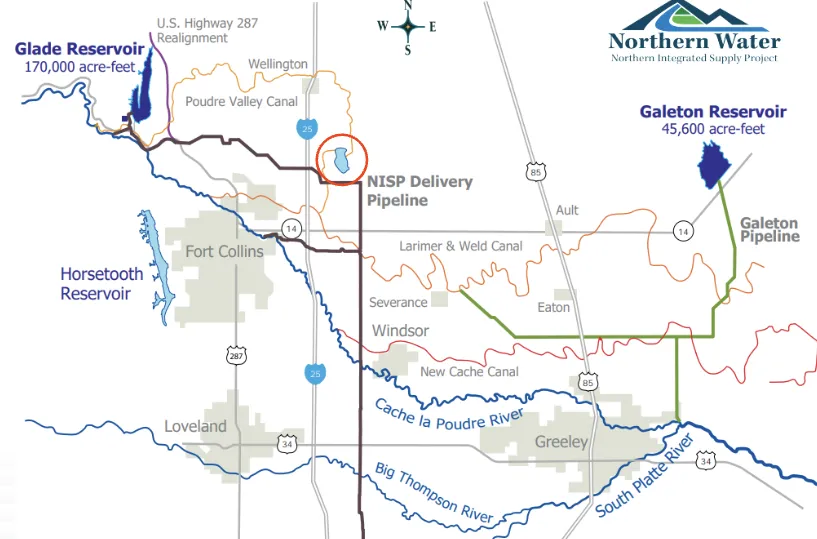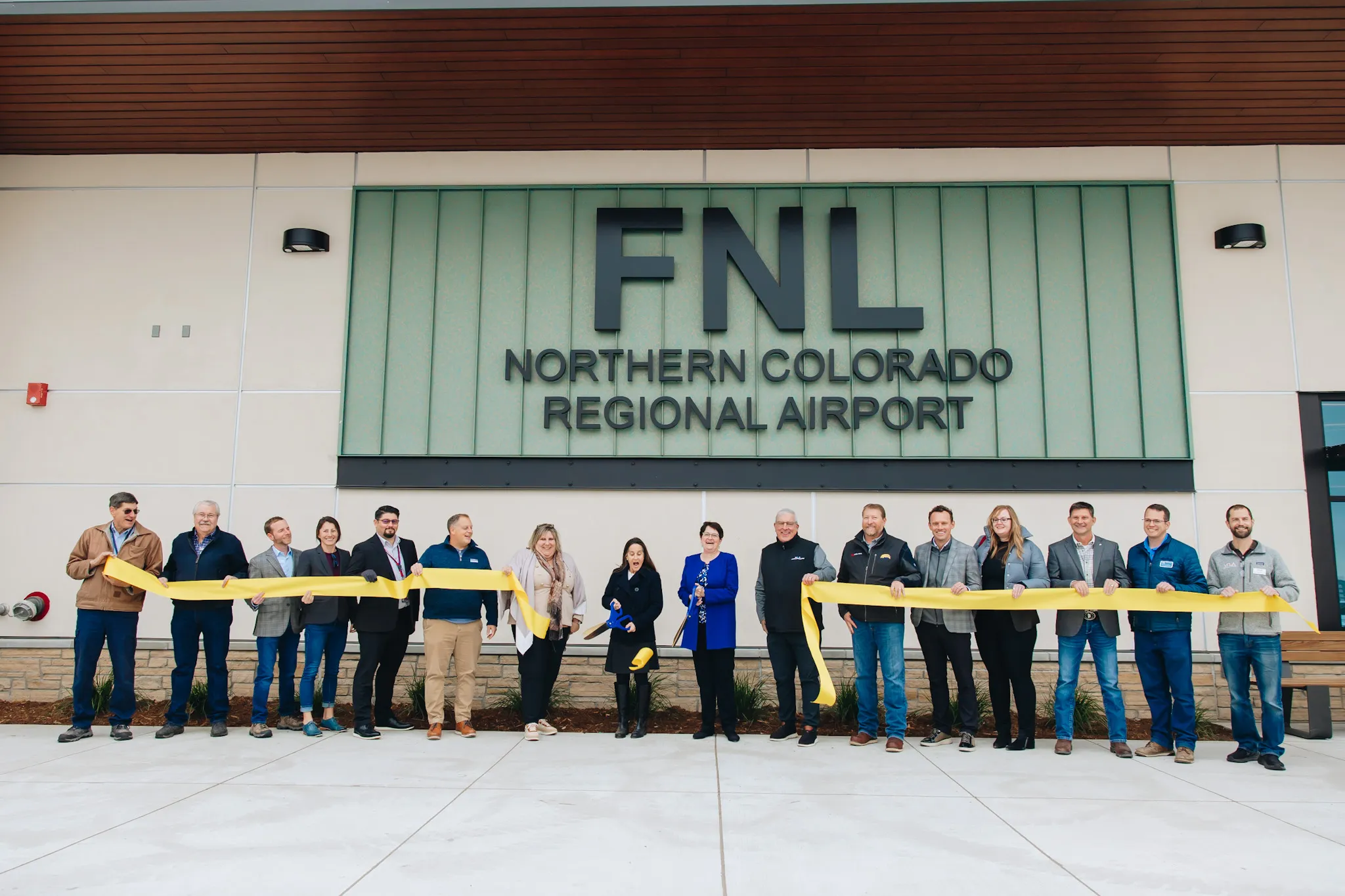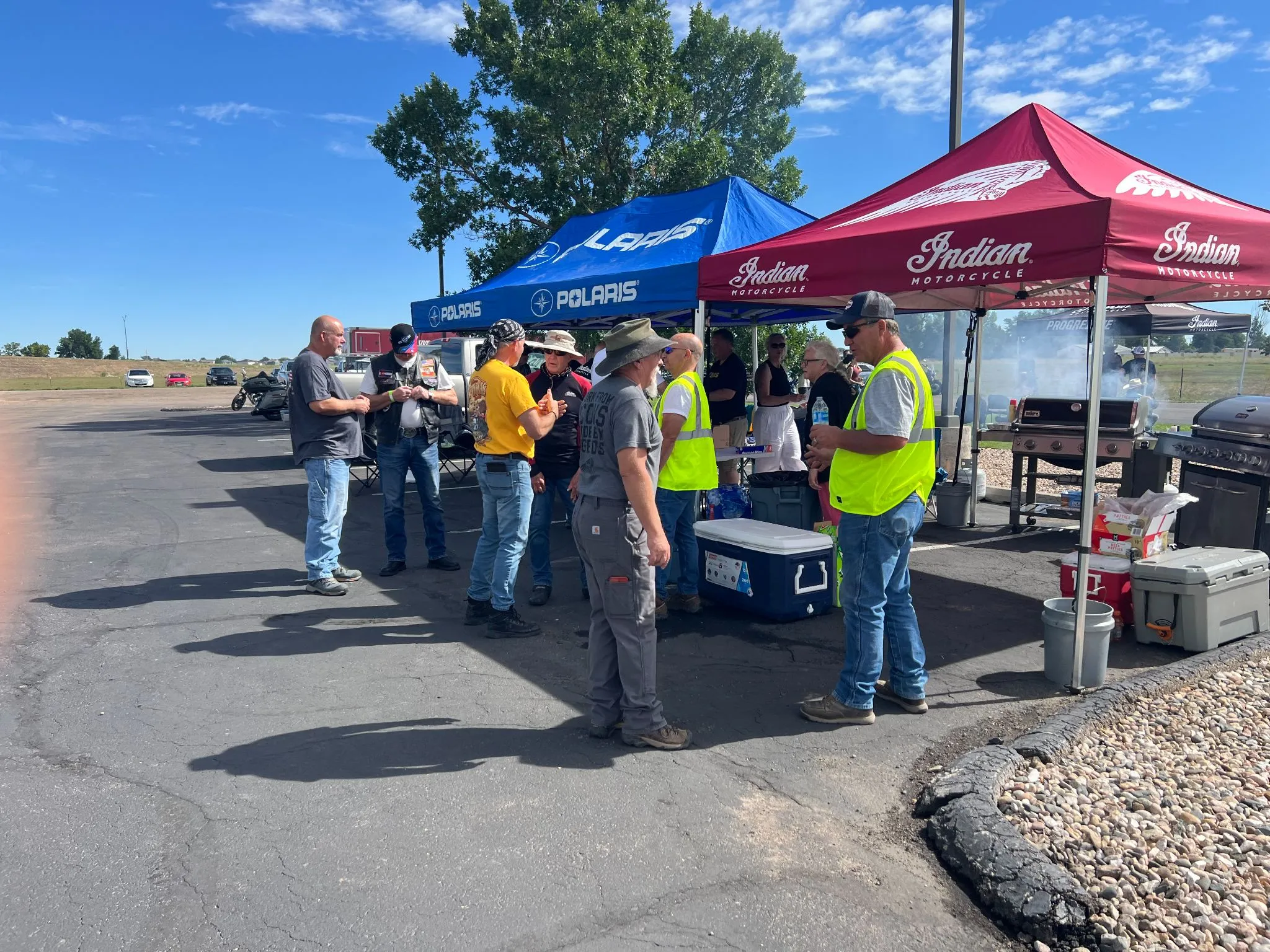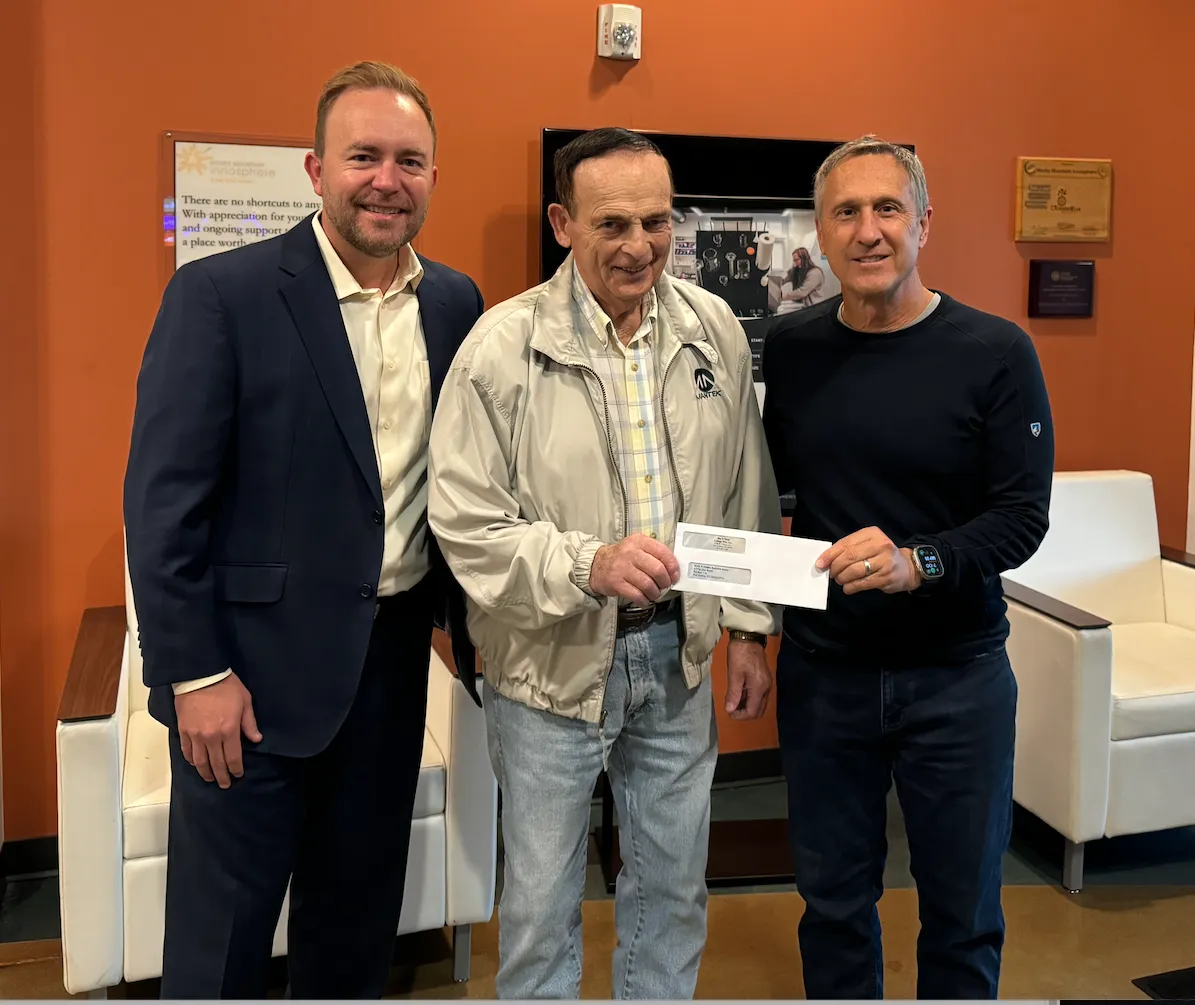Water treatment plant to meet needs long into future

The water treatment plant planned for Northern Colorado intended to serve three cities and a water district will meet treatment needs long into the future, in some cases until full community buildout.
THIS ARTICLE IS FOR SUBSCRIBERS ONLY
Continue reading for less than $3 per week!
Get a month of award-winning local business news, trends and insights
Access award-winning content today!
Already have a paid subscription?





